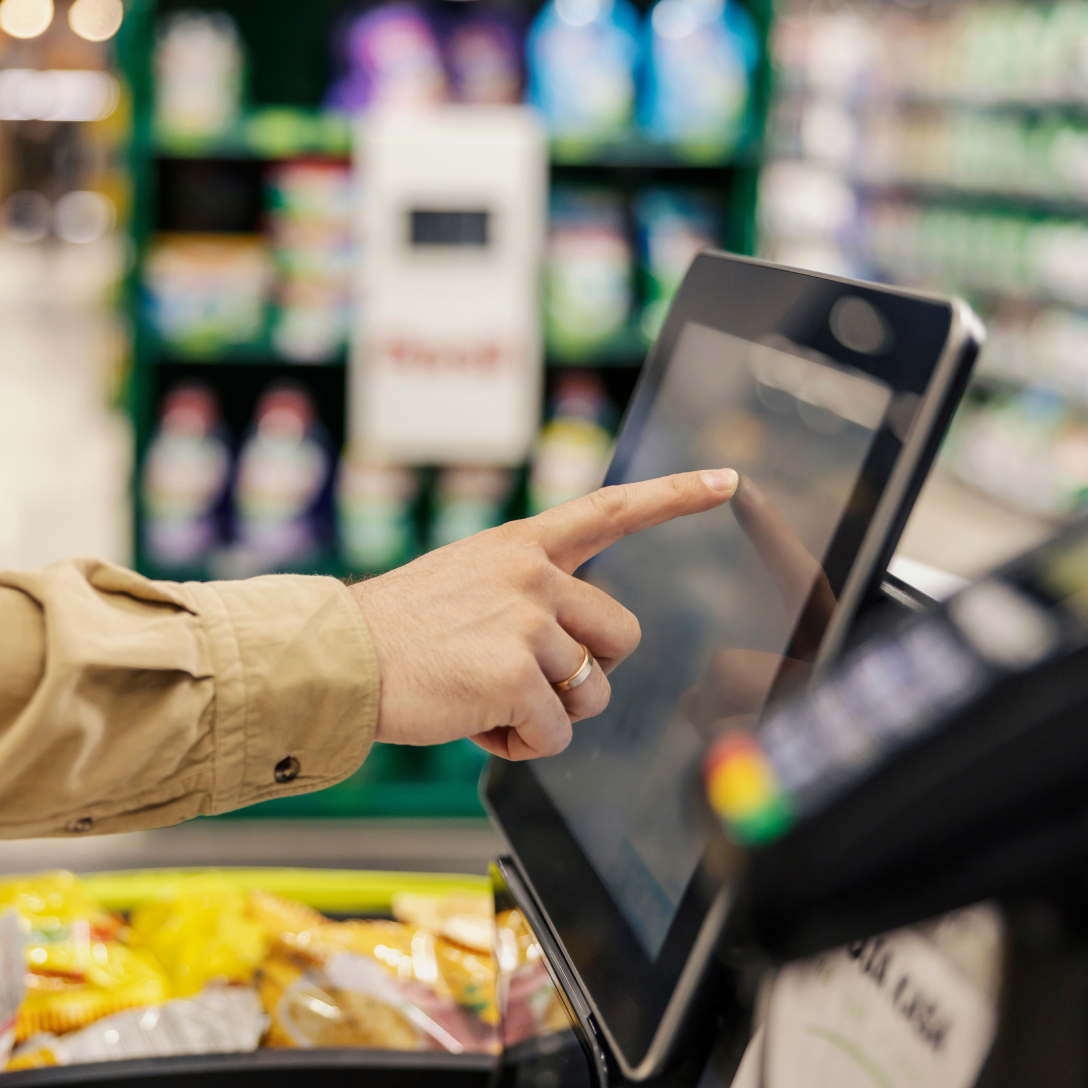View a screenreader-friendly version of this page.

taking part in on-premise
MAY 2024
Grasping the importance of on-premise is crucial to attaining holistic results.
How big is on-premise?
On-Premise plays a huge part in food and beverage consumption while we work, study, play and travel.
It’s $213 billion of total foodservice retail sales equivalent (RSE), which includes food, non-foods and all beverages.¹


How on-premise is changing
Remote work and distance learning are affecting Non-Commercial On-Premise.
27% of workers report working onsite 3-4 days a week.
48% of workers say they are motivated to work onsite by subsidized meals.²


micro markets and healthy options
More and more, consumers are looking for a quick, grab and go, contactless experience. Micro markets are convenience store-like locations with no cashier—offering a solution to operators from a labor and space perspective, while also providing a user-friendly experience that’s fast and easy.
Top performing food and drink products⁴:
- Salty Snacks
- Confectionary Candy
- Soft Drinks
As Micro markets continue to grow, studies⁵ also show a continued interest in healthy offerings that are unique and strike a chord in terms of crave-ability. When surveyed, consumers most expect to be drawn to innovative and healthy offerings moving forward.
KEY TAKEAWAYS
1. On-Premise is leading the way in Foodservice
In 2022, US Foodservice Industry retail sales were $958B, with $213B
being On-Premise.
2. Remote work & distance learning have an impact
With more people working and learning at home after the pandemic, traffic recovery has been slow in certain channels.
3. Micro markets are growing
Consumers are looking for quick and easy experiences. Unattended retail will continue to gain traction and expand.
4. Healthy offerings
Interest in healthier options is growing—healthy meal solutions enable
consumers to make smart decisions without “missing out”. ■
Sources: 1) Technomic Wallchart, Nov 2023. 2) On Premise Landscape Study 2023. 3) Kantar U.S. MONITOR 2021(Q2; Q1); 2022 (Q1). 4) Coca‑Cola® Micro Market Study 2021. 5) Technomic Multi-Client Business & Industry Study 2021
WANT TO SEE MORE?
Discover more through the lens in the articles below.